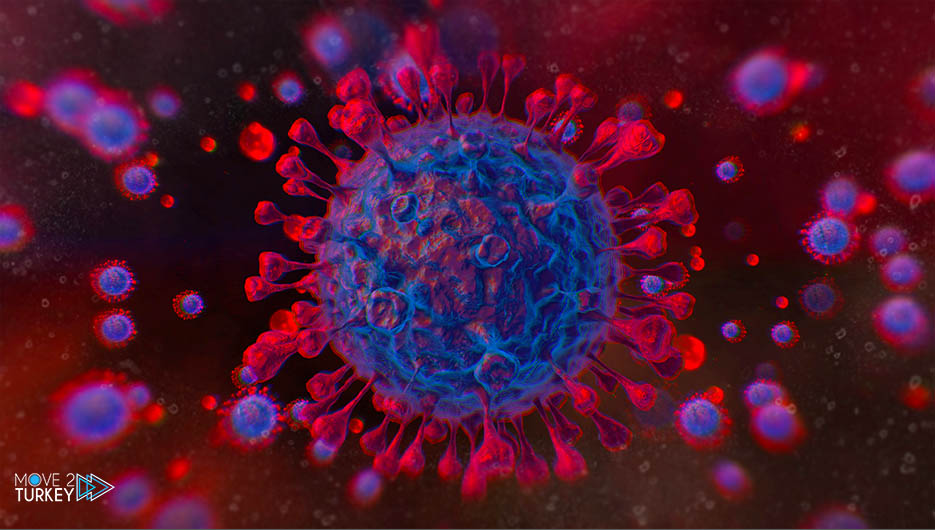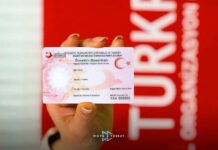
The rapid spread of the Indian variant of Covid-19 is raising concerns that the end of the lockdown will be delayed until after June 21.
The variable now represents nearly one in every seven new cases in the United Kingdom identified by scientists, figures revealed Monday evening.
Health Minister Matt Hancock said confirmed cases of B1617.2 – the name of the Indian strain – rose to 2,323, up 77 percent since the last update four days ago.
Boris Johnson has admitted that the alternative could cause “serious disruption” to plans to drop all restrictions on social contact on June 21.
The prime minister’s spokesperson said on Monday that the government cannot be final on whether the roadmap should be postponed.
“The Indian alternative could pose a threat to this process, our decision will be based on the most recent data, and we will make plans as soon as the data allows it.
-Advertisement-
Hotspots of the Indian variant virus
The variant was found in 127 territories in the week ending May 8, according to data from the Wellcome Sanger Institute.
However, most of these local authority areas have fewer than five cases and 40 have identified only one case.
Bolton is also the hotspot for the Indian variant with an average of 210 cases per week, the average number of cases neighboring Blackburn with Darwin is 76.5, and they will be in Merseyside at 62.
To the south, Bedford has 49.5 cases per week, while Nottingham (30), Leicester (19.5), and South Northamptonshire (16.5) saw a slight increase as well.
The numbers are starting to rise in London and Greater Manchester, although they are still very low.
The map below shows numbers for all variants, but shows how the Indian subspecies became dominant in the worst affected areas.
-Advertisement-
Vaccine deployment in these areas has been accelerated
Bolton’s vaccination rate quadrupled over the weekend, with 2,600 people given injections.
Mr Hancock said there has been “the largest increase in resources of any specific locality we’ve seen in the pandemic so far.”
35,000 people visited by testing teams, six new testing units, 50 new vaccines, and two new vaccination centers.
Sage scientists also believe that the variable may be 40 percent more transmissible than the Kent variable.
However, Mr. Hancock said that early evidence indicates that the vaccine is effective against the Indian variant, saying that it “does not tend to penetrate into the vaccinated groups.”






















